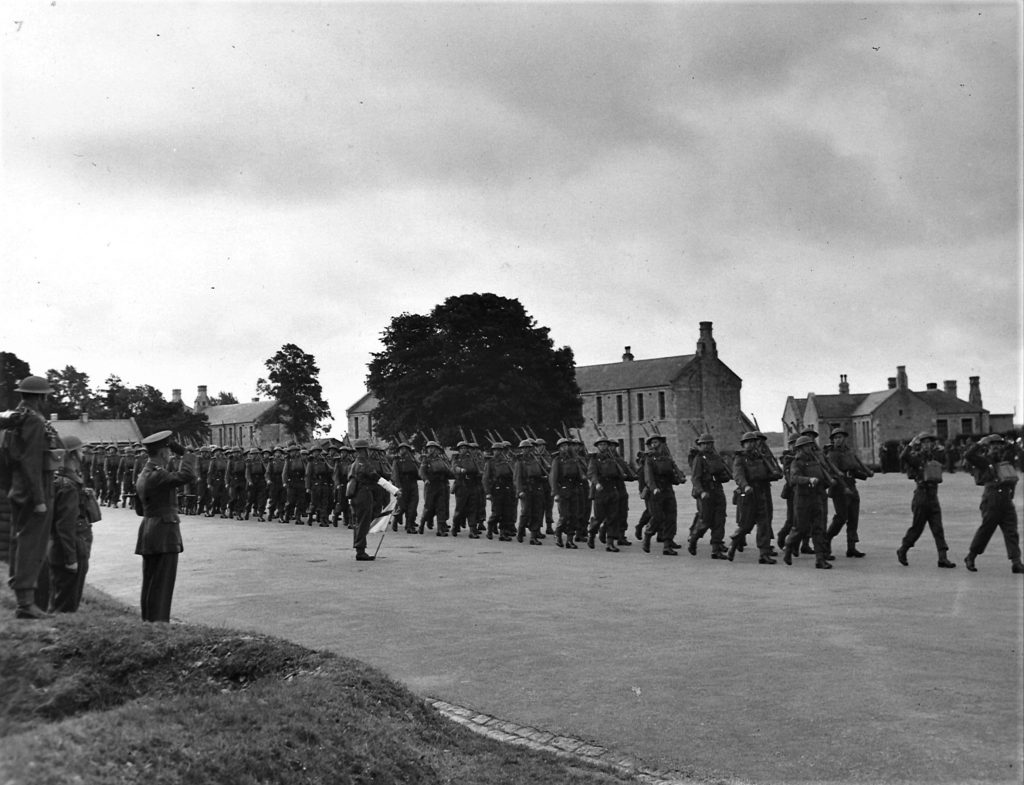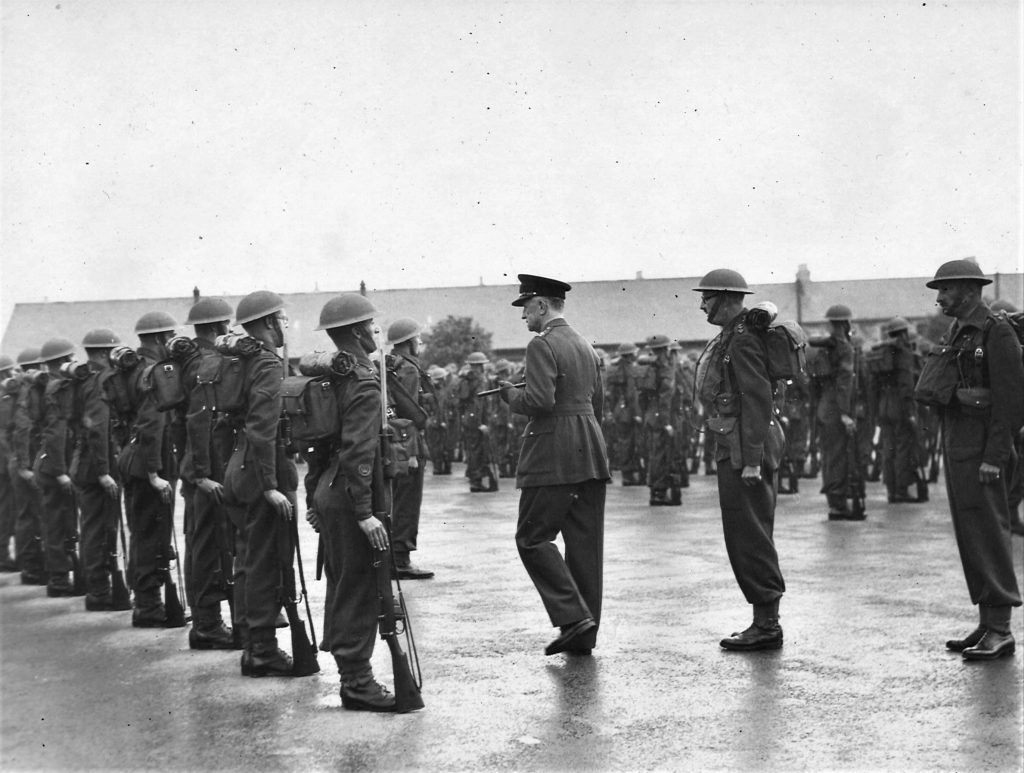Preventing Casualties
The Directorate of Army Psychiatry was established in 1941. Psychiatry was now officially recognised by the Royal Army Medical Corps. Common psychiatric conditions were renamed. Medics used the term ‘battle exhaustion’ instead of ‘shell shock’. ‘Effort syndrome’ replaced ‘Disordered Action of the Heart’. The new names suggested that soldiers could recover naturally with time to rest.
The War Office blamed the high rates of shell shock seen in WWI on poor military training in the rush to build an army. So new recruits for WWII were rigorously examined and trained to reduce psychiatric casualties. A myth circulated that soldiers with high morale and good leadership would be ‘immune’ to psychological breakdown. It was even believed that continued social stigma towards psychiatric casualties would be a good way to prevent cases.


Recruiting officers placed great faith in the selection process. Potential recruits were checked for a history of mental illness. Psychologists now know that screening cannot reliably predict whether a soldier will develop a mental health condition. The main cause is the intensity of the battle the person is exposed to, not their pre-military personality.

“The mental strain endured by the soldier in the last war is not likely to be less in the next. It will inevitably be greater. It is therefore vitally necessary that the soldier should be so fit as to be able to make the best return for his training in all the weapons of war under the worst conceivable conditions of mental and physical strain”
“The joy of experiencing a hight states of physical fitness never perfectly realised before enlistment […] establishes a state of mind that produces a man who will never feel that he could fall out on the line of march or go sick without sufficient cause”

